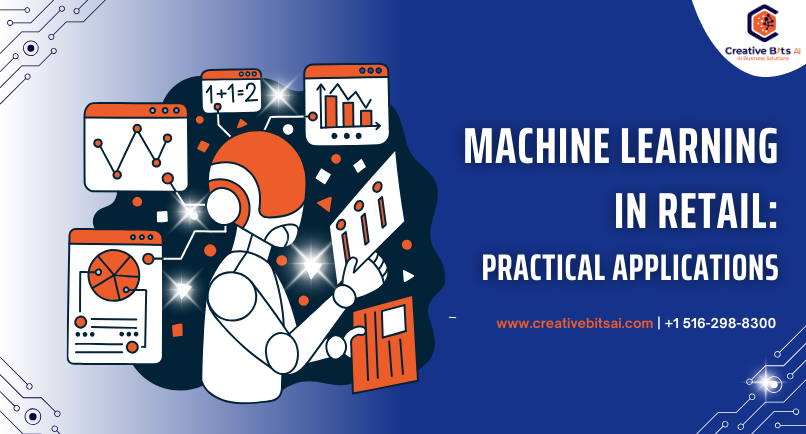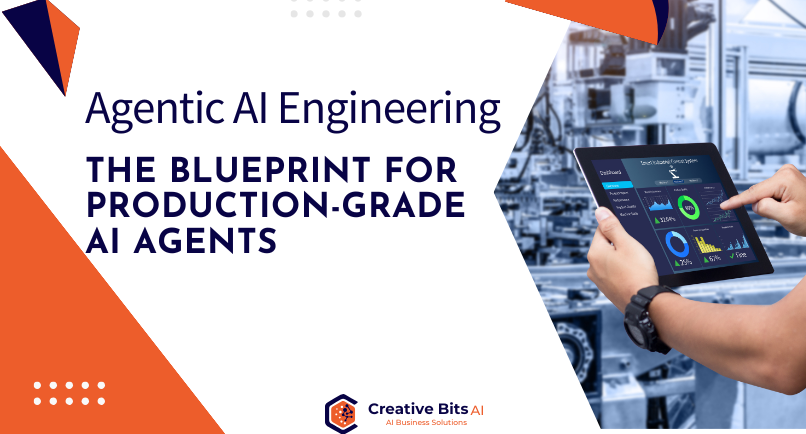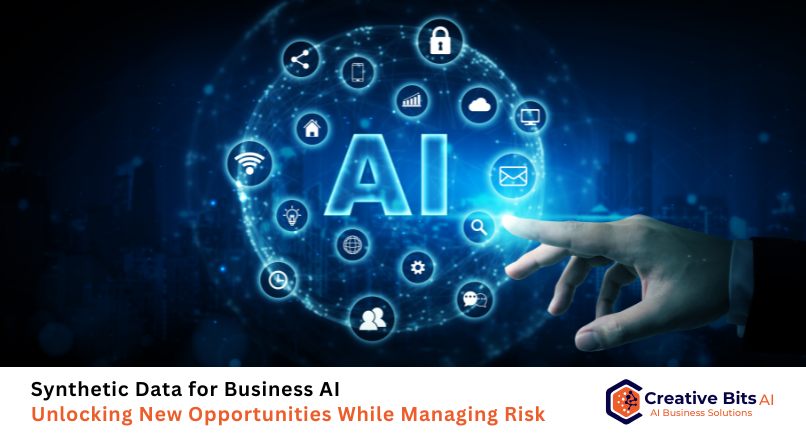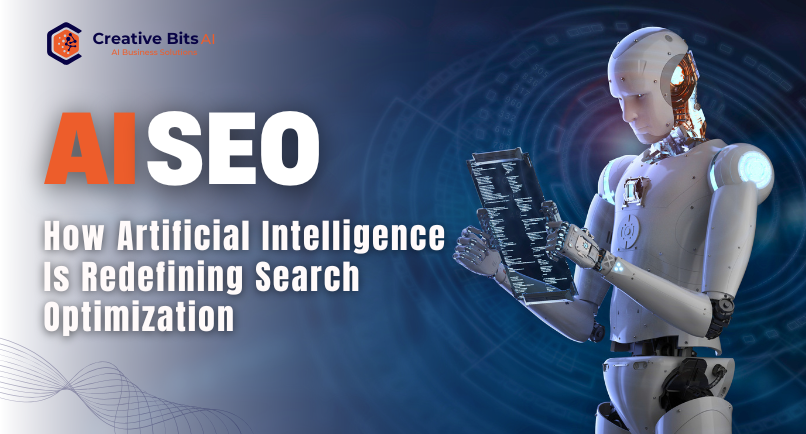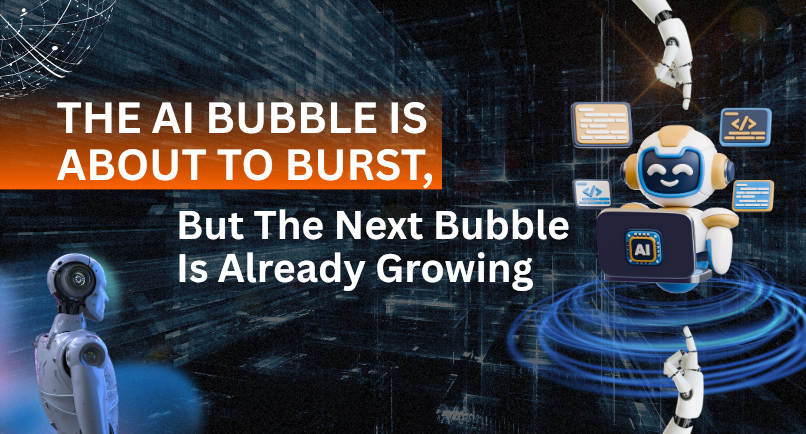Retail is one of the fastest-changing industries, driven by evolving consumer behavior, digital adoption, and the demand for seamless customer experiences. With margins tightening and competition intensifying, machine learning (ML) has emerged as a game-changer. It provides retailers with tools to make data-driven decisions, anticipate demand, personalize customer interactions, and optimize operations.
According to the PwC Global Consumer Insights Pulse Survey, nearly 62% of global retail executives reported adopting machine learning and AI solutions to improve efficiency and enhance consumer experiences.
Machine learning is not just a futuristic concept; it is already shaping how retailers predict demand, manage inventory, and deliver personalized engagement. Below, we explore fifteen practical applications that are redefining retail for the digital era.
1) Demand Forecasting: Accurately predicting customer demand has always been one of retail’s biggest challenges. ML algorithms analyze historical sales data, seasonal patterns, and external factors such as weather to forecast demand more accurately. This minimizes stockouts and reduces excess inventory.
2) Dynamic Pricing: Machine learning enables retailers to implement dynamic pricing strategies. By analyzing competitor pricing, demand fluctuations, and real-time market data, algorithms adjust product prices instantly to maximize revenue while remaining competitive.
3) Personalized Recommendations: Recommendation engines powered by ML use customer browsing history, purchase behavior, and demographics to suggest relevant products. This has been shown to increase sales and improve customer satisfaction, as demonstrated by global leaders like Amazon and Netflix.
4) Inventory Optimization: Carrying too much inventory increases costs, while too little creates lost sales. ML models optimize stock levels by considering regional trends, supplier reliability, and promotional campaigns. Retailers using predictive analytics have reported reductions of up to 25% in inventory carrying costs.
5) Customer Segmentation: Traditional segmentation based on demographics is often too simplistic. ML uses clustering algorithms to uncover hidden patterns in customer data, allowing retailers to group shoppers by lifestyle, preferences, or purchase intent. This enables hyper-targeted marketing campaigns.
6) Fraud Detection and Prevention: Retail fraud, from credit card misuse to return abuse, costs billions annually. ML models trained on transaction data can identify suspicious patterns and flag anomalies in real-time, reducing fraud losses while safeguarding genuine customers.
7) Chatbots and Virtual Assistants: Conversational AI powered by ML enables retailers to offer 24/7 customer support through chatbots. These systems answer FAQs, assist with order tracking, and even upsell products, improving customer experience while reducing support costs.
8) Predictive Maintenance for Retail Equipment: From refrigeration units to self-checkout machines, retail operations depend on equipment reliability. ML models predict when equipment is likely to fail, enabling proactive maintenance and reducing downtime.
9) Visual Search and Image Recognition: Visual search tools powered by ML allow customers to upload images and find similar products instantly. This technology bridges the gap between inspiration and purchase, especially in fashion and home décor.
10) Supply Chain Optimization: Machine learning enhances visibility across the supply chain by predicting delays, optimizing routes, and managing supplier risks. Retailers that adopt ML-driven supply chains have reported cost savings of 10–20%.
11) Sentiment Analysis and Customer Feedback: ML analyzes reviews, social media mentions, and customer surveys to detect sentiment trends. Retailers use this insight to refine products, address complaints quickly, and improve brand reputation.
12) Workforce Scheduling: Labor is one of retail’s largest expenses. ML models help optimize employee schedules by predicting peak store hours, special events, or seasonal rushes. This reduces labor costs while maintaining high service levels.
13) In-Store Analytics: Using sensors, cameras, and ML, retailers can analyze customer foot traffic, dwell times, and product interactions. These insights guide store layout decisions and promotional displays, improving conversion rates.
14) Customer Lifetime Value Prediction: ML can estimate the future profitability of individual customers by analyzing their purchase frequency, basket size, and engagement history. This helps retailers allocate marketing resources effectively to high-value customers.
15) Returns Management: Returns are a costly challenge in retail. ML models identify products most likely to be returned and the reasons why, allowing retailers to address issues proactively and refine product descriptions.
The Creative Bits AI Perspective
At CBAI, we see machine learning as the backbone of retail transformation. The fifteen applications highlighted here demonstrate that ML touches every part of the retail value chain—from forecasting and pricing to personalization and fraud prevention. More importantly, ML ensures that decisions are no longer reactive but predictive, allowing retailers to stay ahead in an intensely competitive environment.
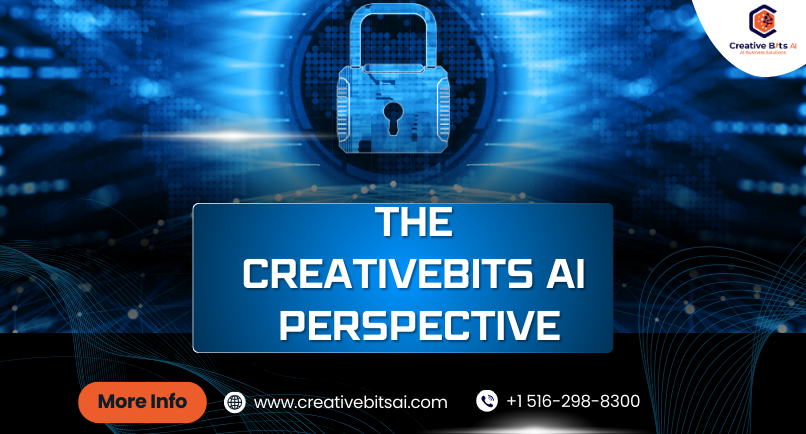
Retailers who embrace ML are not just improving efficiency; they are creating differentiated customer experiences, strengthening supply chains, and positioning themselves for long-term growth.
Conclusion – The Future of Retail is Predictive
Machine learning has moved beyond experimentation in retail; it is now mission-critical. As algorithms become more sophisticated and data sources more abundant, the opportunities will only multiply. From dynamic pricing engines to sentiment analysis tools, retailers that adopt ML will unlock agility, precision, and personalization unmatched by traditional methods.
For the future of retail, the question is no longer whether to adopt machine learning—it is how quickly and effectively it can be embedded across the business. The retailers who succeed will be those who see ML not just as a technology but as a strategy for survival and growth.
